David Blake, poet on theresa rijssenbeek, painter
Asked to write an article about theresa rijssenbeek’s paintings I agreed, albeit not without trepidation, for I am no art historian, but a poet. The art historian in his analysis of works of art has at his disposal an arsenal of terminology and jargon, which often results in a baffling pot-pourri for the layman.
My impression of her work is based on the communicative feelings of the open strings: poetry, sensuality, rhythm and lyricism, which are all superbly portrayed whether the subject be the human body or shapes.
Several of her earlier paintings depict the human figure, solitary, strongly coloured in red or yellow, with a dark contrasting accent set high in the frame. The exploration of the body’s surface with searching brush strokes allow the contours to find and identify their own expression. The outline of a torso or back is formed by this pronounced contrast and not by the line itself. These figures are not silent or even solitary as their plasticity appears to let them breathe and be real.
Later paintings depict shapes; and here the wonderful application of delicate layer upon layer of oil, together with a marvellous use of colour create a new sense of light. The line from Dylan Thomas, “light breaks where no sun shines”, could be used to describe the series entitled, “curtailment of open space”. The shapes may depict doors, windows, archways or rooms, yet they are unique elements in an unique situation. They appear to move with internal freedom, and without a need to conform to what is probable in the familiar world. They are secretive and suggestive, poetic in their almost pastel hues, and appear not to have any visible experience, but in them can be recognized the passions of organisms. The form tends to be dynamic, (diagonals, curves) but is nullified and brought to rest by a framework of paint, nearly cubistic in its effect.
These are not narrative pictures, they convey facts of consciousness, and as I observe a chronological progress, I also observe a greater self-consciousness and boldness in her latest work. A greater area of the canvas is darker in colour, and in juxtaposing these spaces she is exploiting new ways of expression. A surety of tonality, and increased agility within the brush stroke attest to a Rothko-like play of colour on shapes forming a ‘tableau vivant’ of human incommunicability.
David Blake, The Hague, The Netherlands 1992

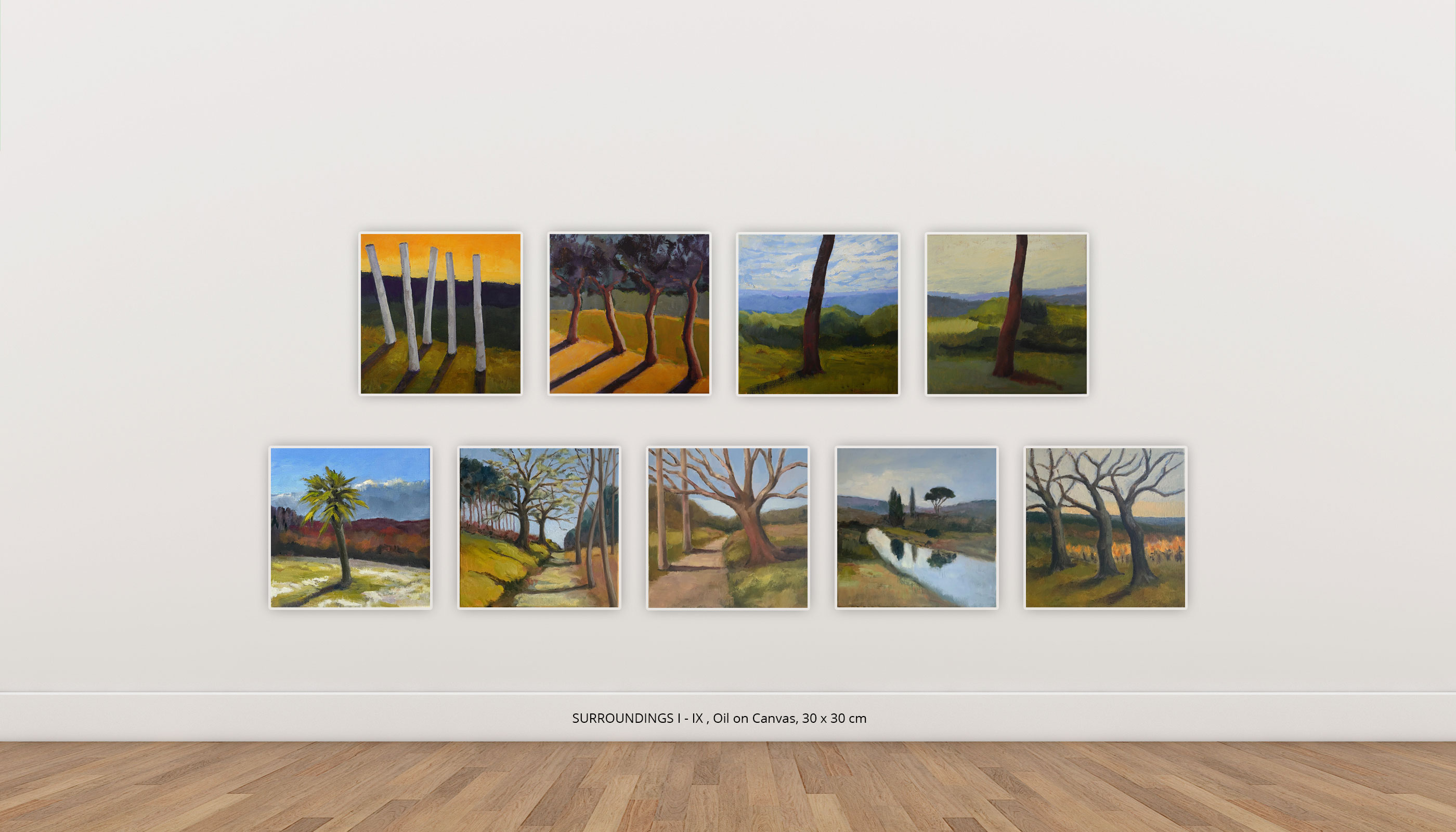
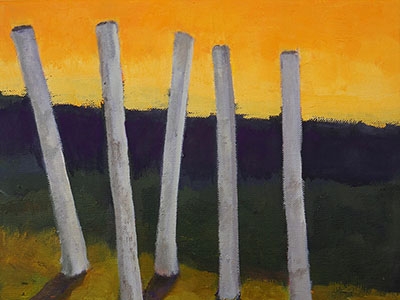
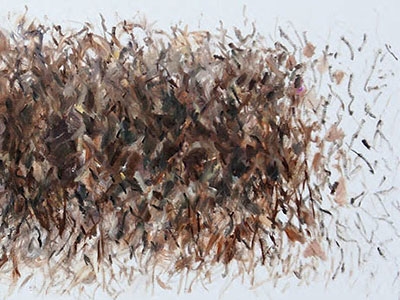
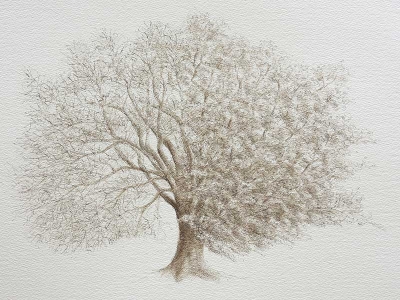
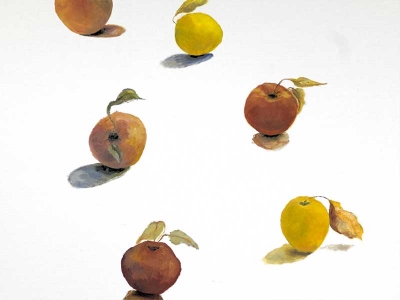
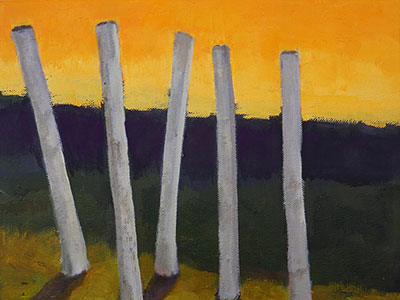









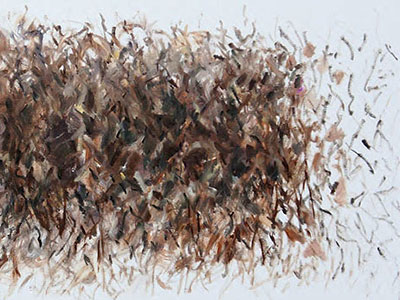













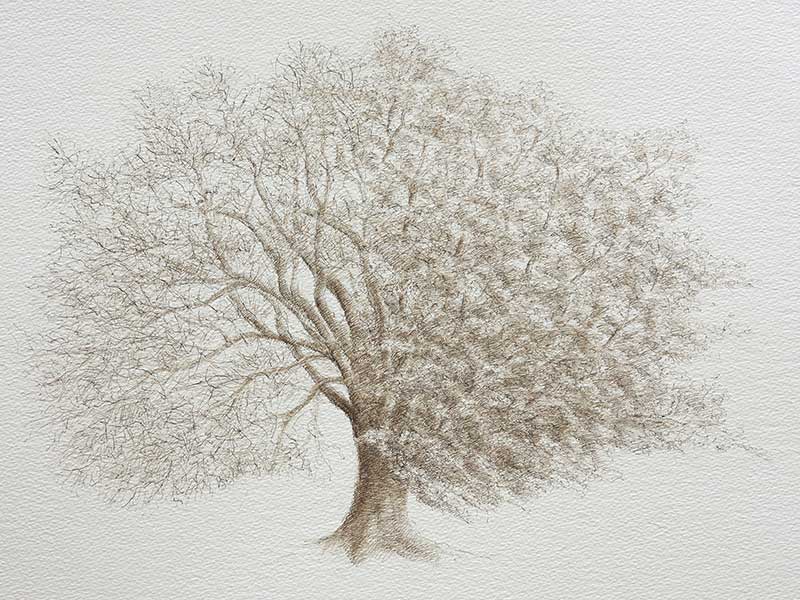

























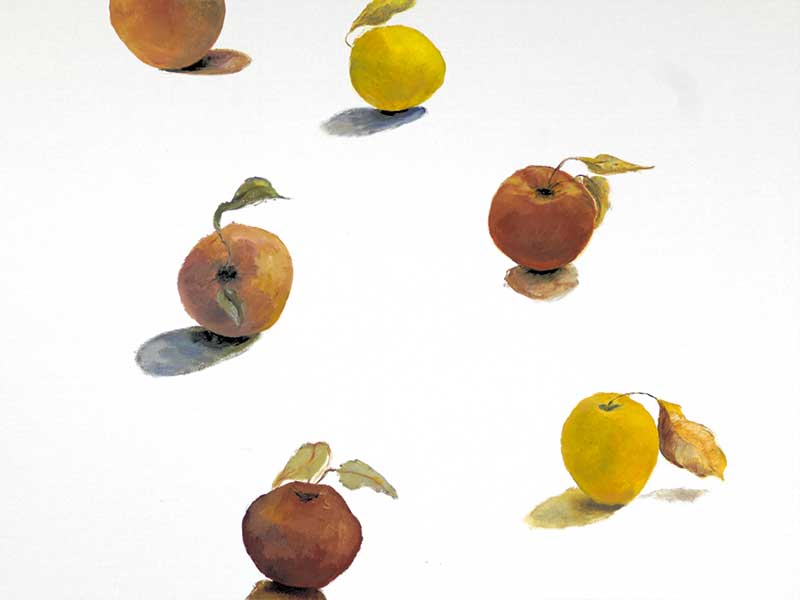
























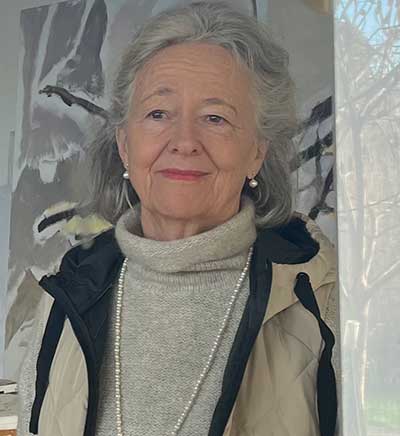 Born in the Netherlands, 1951, theresa rijssenbeek spends a large part of her youth near the North Sea coast. Dunes, woods and the sea are the setting of her early life. She draws what she admires. When she lives for three years on the tropical island of Curacao (late 70’s) she is overwhelmed by the colours and nature. She starts painting using oil and water paint. Her first exhibition is a great success. Back in the Netherlands she studies at the prominent Royal Academy in The Hague and becomes lifelong friends with head of department Rien Bout who also coaches her. Her professional career as a painter begins in 1990, with yearly exhibitions. The city of Delft commissions a 10 metre high mural painting in a housing project. Not much later, theresa’s work is also seen on Dutch television.
Born in the Netherlands, 1951, theresa rijssenbeek spends a large part of her youth near the North Sea coast. Dunes, woods and the sea are the setting of her early life. She draws what she admires. When she lives for three years on the tropical island of Curacao (late 70’s) she is overwhelmed by the colours and nature. She starts painting using oil and water paint. Her first exhibition is a great success. Back in the Netherlands she studies at the prominent Royal Academy in The Hague and becomes lifelong friends with head of department Rien Bout who also coaches her. Her professional career as a painter begins in 1990, with yearly exhibitions. The city of Delft commissions a 10 metre high mural painting in a housing project. Not much later, theresa’s work is also seen on Dutch television.


















